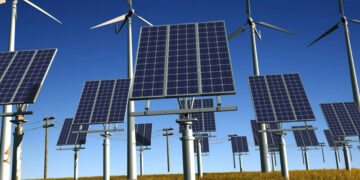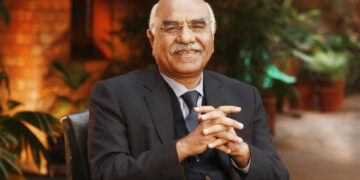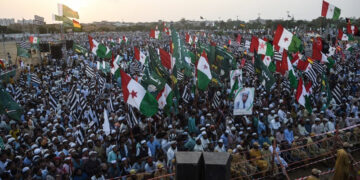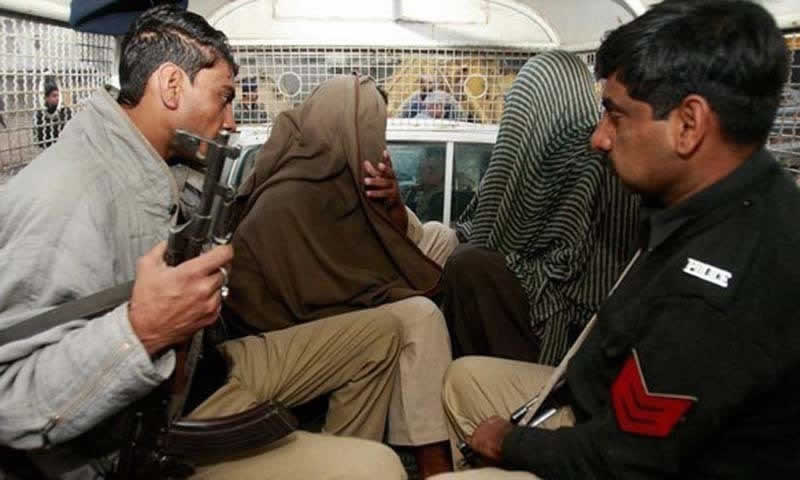 While I have made several trips to India over the years and been to China often, including three times last year, I had never, until last month, visited both back-to-back.The advantage of doing that is it gives you a fresh and clear sense of the differences. The good news is that India has made considerable progress in improving its infrastructure over the past decade and the number of homeless in the streets in the major cities appears to have diminished, but there are still vast shanty villages near high-rise residential and office structures. In a country of 1.2 billion people, half the population can live in poverty and there can still be a vibrant economy. India’s middle class is larger than the entire population of the United States. Still, only 10 per cent of the population pays taxes and a relatively small percentage work at conventional jobs, many for the government. This is a country of shopkeepers and small-time entrepreneurs.
While I have made several trips to India over the years and been to China often, including three times last year, I had never, until last month, visited both back-to-back.The advantage of doing that is it gives you a fresh and clear sense of the differences. The good news is that India has made considerable progress in improving its infrastructure over the past decade and the number of homeless in the streets in the major cities appears to have diminished, but there are still vast shanty villages near high-rise residential and office structures. In a country of 1.2 billion people, half the population can live in poverty and there can still be a vibrant economy. India’s middle class is larger than the entire population of the United States. Still, only 10 per cent of the population pays taxes and a relatively small percentage work at conventional jobs, many for the government. This is a country of shopkeepers and small-time entrepreneurs.
The contrast with China is striking. Because it has an authoritarian government, the country can deal with some of the problems it shares with India quickly and decisively. Older, run-down housing and office structures have been torn down, and roads have been rerouted and rebuilt. There are no visible homeless. The emphasis on infrastructure and export-oriented industries has resulted in China representing close to 20 per cent of United States imports while India only accounts for less than two per cent. One day we visited several retail establishments in various parts of Shenzhen. The city has changed totally since it was established as a manufacturing center just 50 miles from the border of Hong Kong. Today it is a modern metropolis of office and apartment blocks with wide, beautifully landscaped highways and carefully planned open spaces. The sprawling, orderly urbanisation of Beijing continues to be impressive. Mile after mile of recently constructed office and apartment buildings stretch along wide avenues lined with greenery. I discussed the possibility of a housing bubble with almost everyone I met and nobody seems to think it is a serious issue.
Inflation was a more serious near-term problem but restrictive monetary and bank lending policies seem to have brought that under control, with consumer prices rising about five per cent, half the rate at the peak. Wage inflation is a worry with year-over-year increases of 10 to 15 per cent. In spite of that China still has a significant labour cost advantage over most Western industrialised countries. Both China and India are bifurcated societies. With over a billion people in each country there are several hundred million in each place that are living lives that could be considered comparable to those of middle class people in the United States or Europe. At the same time both countries have hundreds of millions of people living in rural poverty. In the case of India there is considerable urban poverty. While neither country provides retirement benefits, substantial health care or other social services to its people, there is a major difference between India and China in terms of economic development. Unfortunately India’s government lacks China’s flexibility and decisiveness. India is much more dependent on the entrepreneurial skill, capital and innovative ability of the private sector to make progress.
The major difference between China and India is in their respective approach to the future. Fifteen years ago China was a relatively unimportant struggling economy. Through effective central planning and execution it now accounts for over nine per cent of the world Gross Domestic Product and has passed Japan as the second largest economy in the world. And it isn’t stopping there. Whereas China recognises that its major challenge is to give its rural young the chance to escape the poverty of the agrarian past and is hoping to do this by providing manufacturing jobs rather than through entitlements, India’s government appears to be less activist in developing economic opportunities.So there is the dilemma. There may be no single right answer for both countries; it may be that order is right for China and chaos is right for India. Right now what each has is working and neither condition is likely to change in the future. – Khaleejnews












